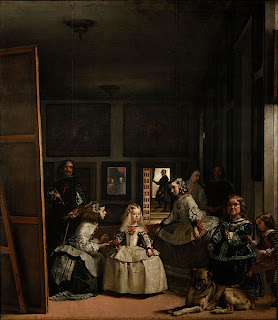Know the following terms/concepts: Neo-Classicism, Rococo, Baroque, Romanticism, Academie des Beaux-Arts, Neo-Palladianism, Federal Style, Cupola, Calvinism, Caravaggism, The Dutch Golden Age, Chiaroscuro, Reformation and Counter-Reformation, Council of Trent, Still Life, Churrigueresque, Cartouche, Protestantism, French Revolution, Camera Obscura, The Sublime, Stoicism, The Enlightenment, Gothic Revival.
Know the following buildings: Chiswick House, University of Virginia, Monticello, St. Paul’s Cathedral (London), Melk Monastery, The Palace of Versailles.
Know the following artists/architects/historical figures: Anthony van Dyck, Rembrandt van Rijn, Michelangelo Caravaggio, Artemisia Gentileschi, Johannes Vermeer, Jacques Louis David, Francisco Goya, Thomas Jefferson,Diego Rodriguez de Silva y Velazquez, Martin Luther, Henri Fuseli, Caspar David Friedrich, William Adolphe Bougereau, Piranesi, Honore Fragonard, and Francois Boucher.
Know the following buildings: Chiswick House, University of Virginia, Monticello, St. Paul’s Cathedral (London), Melk Monastery, The Palace of Versailles.
Know the following artists/architects/historical figures: Anthony van Dyck, Rembrandt van Rijn, Michelangelo Caravaggio, Artemisia Gentileschi, Johannes Vermeer, Jacques Louis David, Francisco Goya, Thomas Jefferson,Diego Rodriguez de Silva y Velazquez, Martin Luther, Henri Fuseli, Caspar David Friedrich, William Adolphe Bougereau, Piranesi, Honore Fragonard, and Francois Boucher.
Know the following paintings/works:
















































